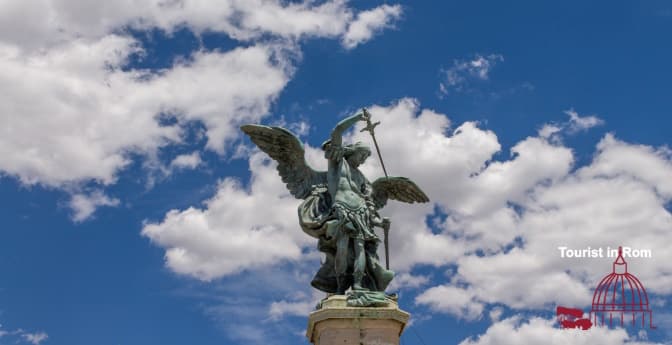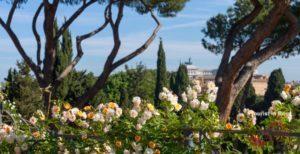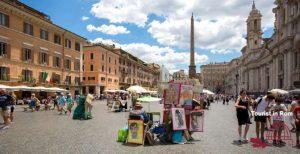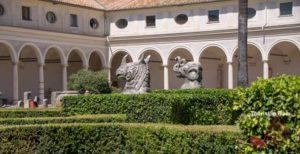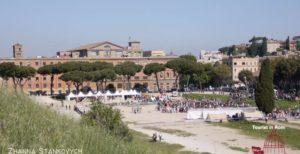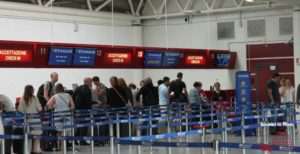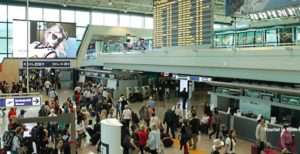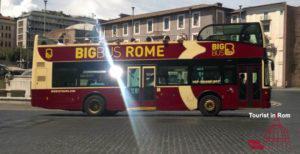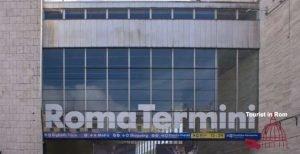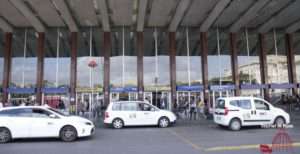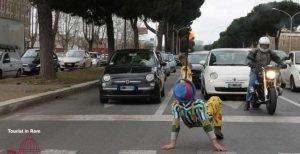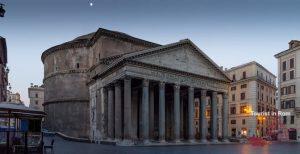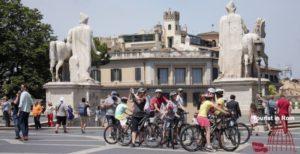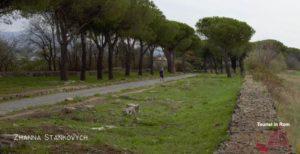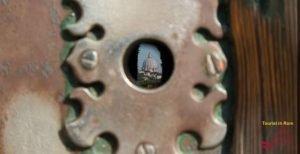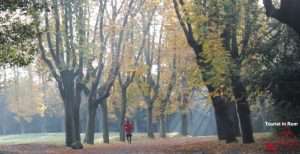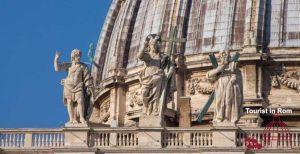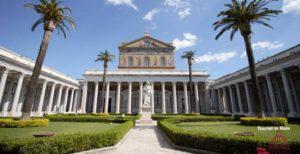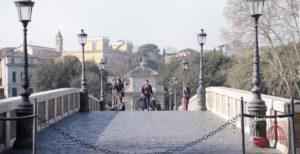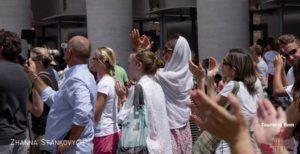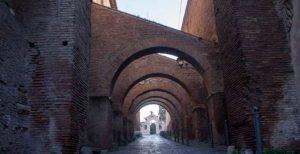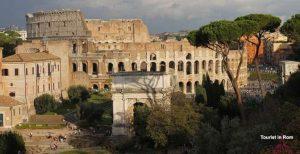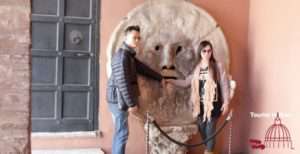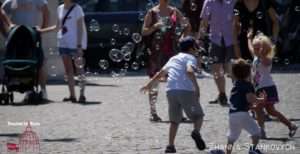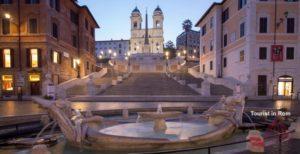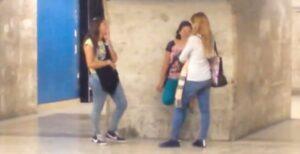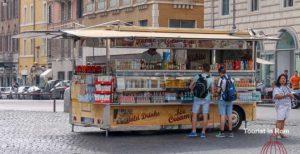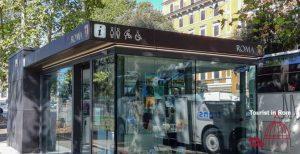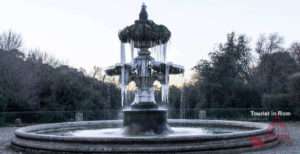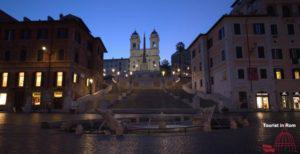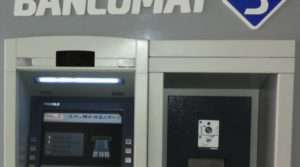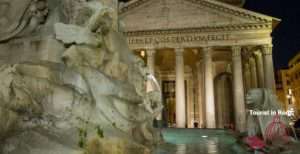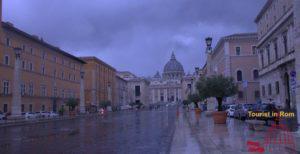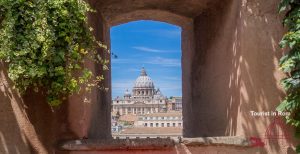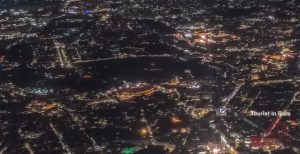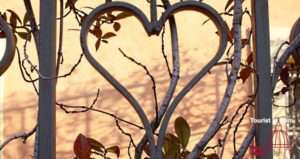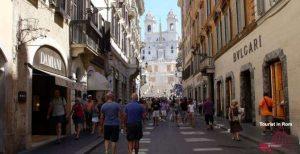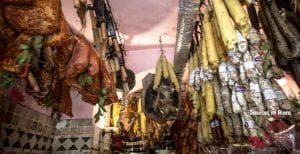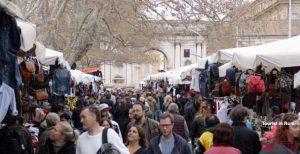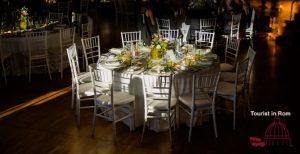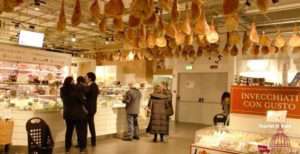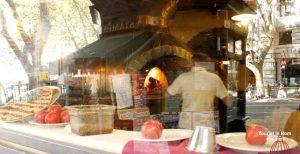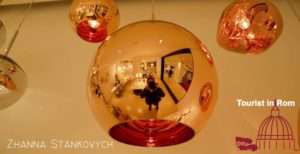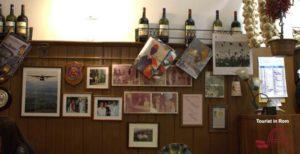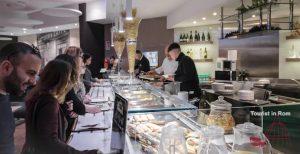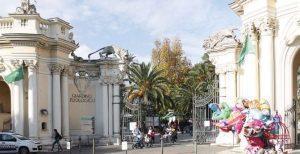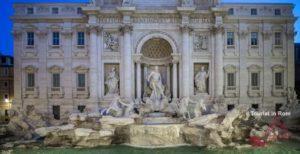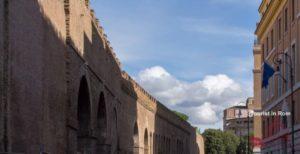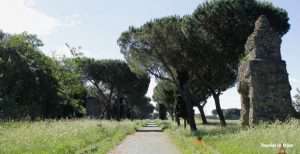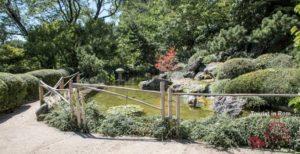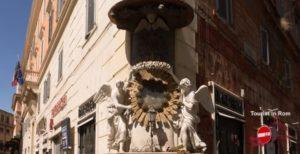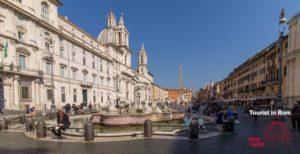Castel Sant’Angelo is one of the most visited museums in Rome. Visitors appreciate the insight into almost 1,900 years of history and the magnificent outlook from the terrace.
Castel Sant’Angelo, also known as the Mausoleum of Hadrian, is one of the most famous landmarks in Rome. The fortress has a long and interesting history that dates back to ancient times.
Partner-Links helfen uns dabei, unsere Informationen kostenlos bereitzustellen. Für abgeschlossene Buchungen erhalten wir eine Provision – ohne Mehrkosten für Sie! Mehr
Partner links help us to provide our information free of charge. For completed bookings we receive a commission – at no extra cost to you! More
I link dei partner ci aiutano a fornire gratuitamente le nostre informazioni. Riceviamo una commissione per le prenotazioni completate, senza alcun costo aggiuntivo per voi! Di più
Opening hours and tickets
Opening hours Tuesday – Sunday 9 – 19:30 last entry 18:30
Special openings may occur in season on Monday or even until midnight, but nothing is yet known about this for 2023.
Some groups of visitors have free admission. This is especially the case for young people up to the age of 18. Persons with disabilities and one accompanying person also have free admission upon presentation of their disability card.
Reduced entrance fee is available for EU citizens up to the age of 25.
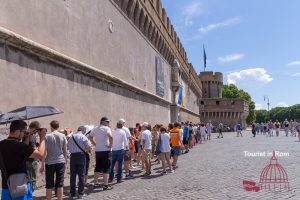
At Castel Sant’Angelo you don’t need a reservation. However, since it ranks third in Roman visitor statistics with more than 1 million visitors, it can sometimes take quite a long time to get to the museum ticket office. The fee for the advance booking is therefore quite a sensible investment.
Free entrance to all is available on the 1st Sunday of the month, as is the case for all state museums.
For the visit tickets with audio guide and guided tours are available. Some places are currently inaccessible due to restorations. These are the Passetto, the historic prisons built by the Borgia Pope and the heated bath of Pope Clement VII.
What to see
A tour of Castel Sant’Angelo is a fascinating experience as it contains numerous historical treasures and architectural masterpieces. Here are some of the things you can see when you visit Castel Sant’Angelo:
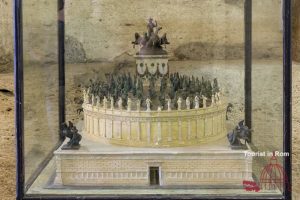
The Mausoleum of Emperor Hadrian: The original mausoleum of Emperor Hadrian forms the core of Castel Sant’Angelo. It was an impressive structure with a cylindrical shape with marble figures and an earthen mound planted with trees. Above it was enthroned a huge quadriga with Emperor Hadrian as a handlebar. You can study a model of the mausoleum on the ground floor.
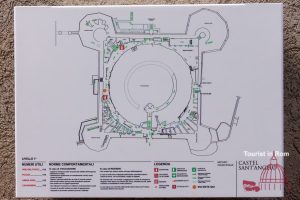
The fortifications: Already since the 5th century, Castel Sant’Angelo was developed into a fortress to protect the Vatican territory and the Popes from attacks. The fortifications have been extended more and more and include embrasures, defensive ramparts and bridges. There are slingshots and armories. In the 13th century, under Pope Nicholas, the secret passage between the Apostolic Palace and Castel Sant’Angelo, the Passetto, was created.
The Passetto, the prisons of Alexander VI and the oil depots can be visited only with special guided tours.
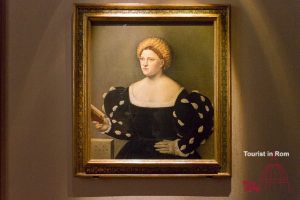
The museums: Castel Sant’Angelo houses several museums, including rooms of the Popes, armories, various ancient and classical collections and temporary exhibitions. Here you can admire beautiful works of art, ancient sculptures, ceramics and other treasures.
The view: From the different levels and from the terrace you can enjoy magnificent views. Very picturesque is the view of St. Peter’s Basilica. On the other side, you can see across the Angel’s Bridge over the Campus Martius to the Colosseum and further over the southeast of Rome.
On the terrace, only the Archangel Michael and the sky are above you.
The 7 floors
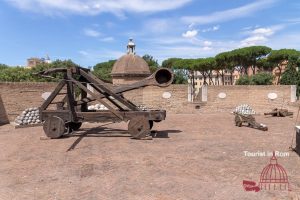
In the Castel Sant’Angelo it goes up over 7 floors. But unlike St. Peter’s dome, here the ascent is quite comfortable.
Floors 1-3 are parts of the former mausoleum. A spiral ramp leads from the first floor to the 2nd floor. The 2nd floor is part of the fortress and here ends the passetto, the escape route of the Popes. A wide staircase leads to the 4th floor, crossing the 3rd floor where are storage rooms for oil and grain and the prisons built by the Borgia Pope into the heap of earth.
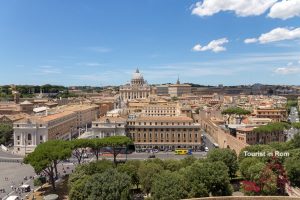
The passetto and the 3rd floor can be visited only with the guided tours “secret castle”.
On the 4th floor there are courtyards and rooms of the popes. On the 5th floor you can enjoy a magnificent view of St. Peter’s Basilica while taking a break in the caffetteria. Here you can also see a collection of weapons and armor.
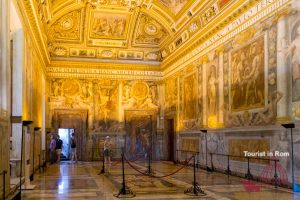
Continue through representative rooms of the popes to the terrace on the 7th floor, from where you can enjoy a unique view.
On the way down, you will pass through various courtyards and an air-conditioned museum. Here you can linger to enjoy art and to have some refreshment on hot days.
History
Originally, Castel Sant’Angelo was built in 135-139 by the Roman Emperor Hadrian as a mausoleum for him and his family. The mausoleum was built of travertine and marble and had a cylindrical shape. It was decorated with numerous statues and reliefs.
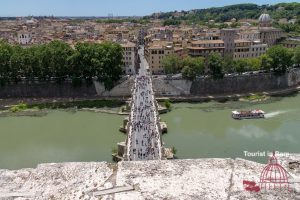
The tomb is located outside ancient Rome on the opposite side of the Tiber. Hadrian had the bridge Ponte Aelio built, today’s St. Angels Bridge, to connect the mausoleum with Campo Marzio.
After the Mausoleum was integrated into the Aurelian walls in 403, it became a fortress and in 410 saved the territory of the Vatican from being sacked by the Visigoths of Rome. In 590, during a plague epidemic, the Archangel Michael is said to have appeared to Pope Gregory I and assured him that the plague would be defeated. This gave rise to the name Castel Sant’Angelo, which translates as “Castle of the Holy Angel”.
In the 9th century, a protective wall was built around St. Peter’s Basilica. It provides the basis for the “Passetto”, the secret passage of the popes between St. Peter’s Basilica and Castel Sant’Angelo, which was expanded from the 13th century.
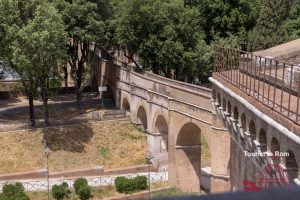
Since that time, Castel Sant’Angelo has also served from time to time as the seat of the Popes, both in peace and in times of crisis. For example, Pope Clement VII saved his life during the Sacco di Roma in 1527 by escaping from the Apostolic Palace through the Passetto to Castel Sant’Angelo. However, it also served as a garrison and prison.
With the fall of the Papal States, Castel Sant’Angelo lost its function. The Italian state first used the monument as a barracks and converted it into a museum in the 20th century.
